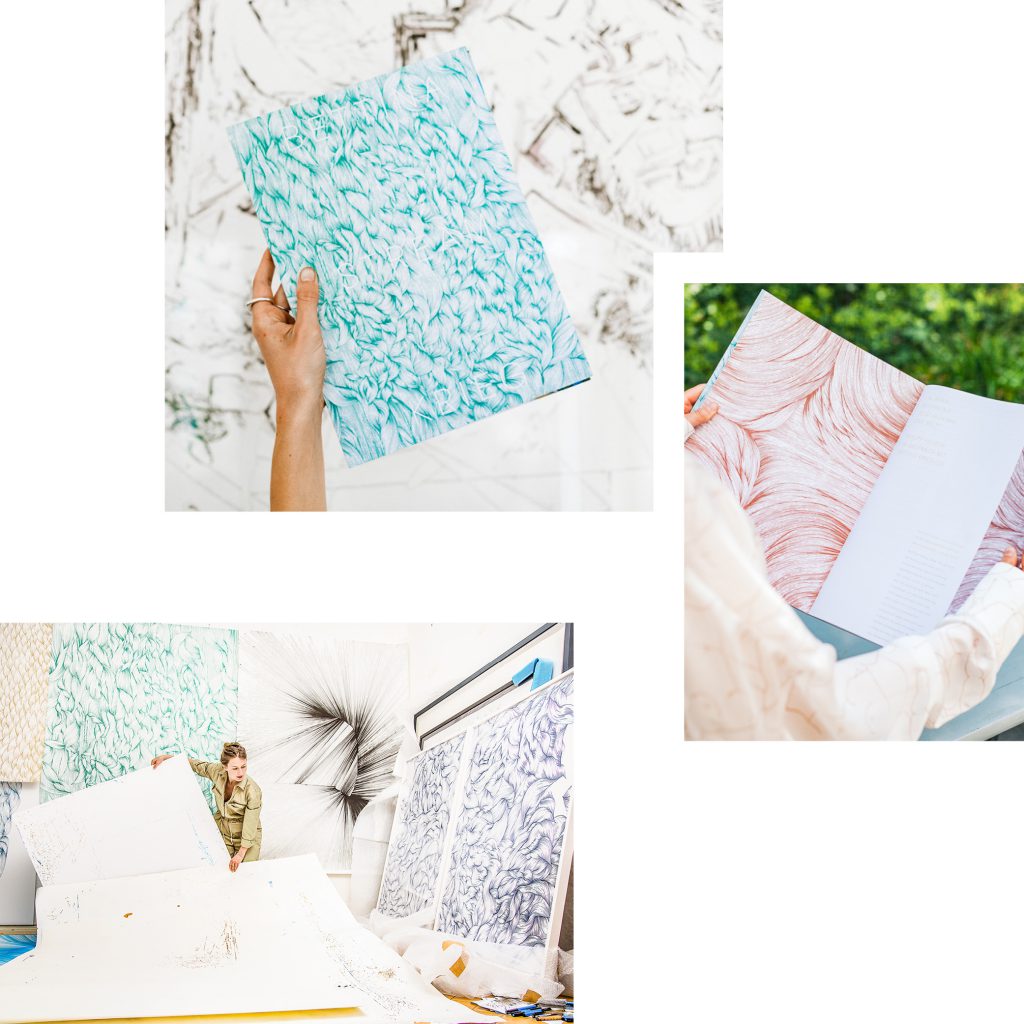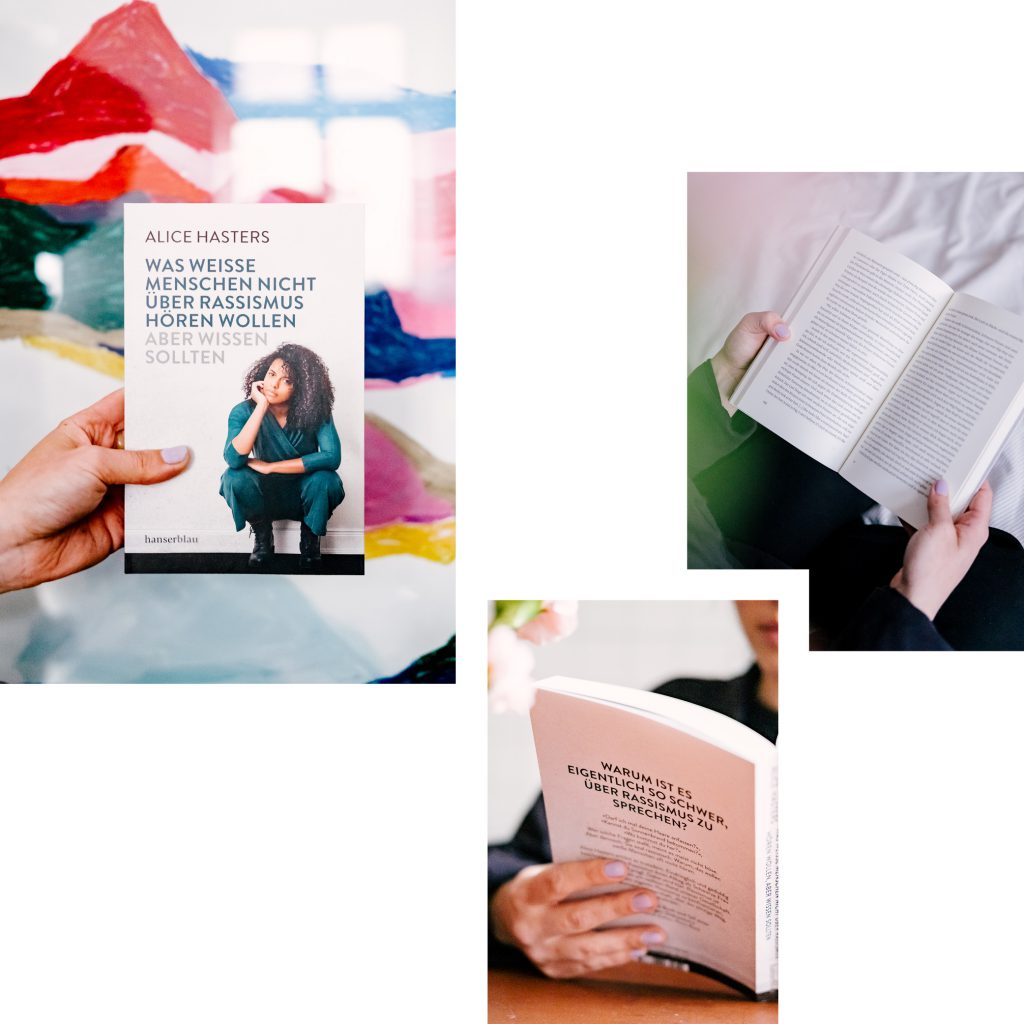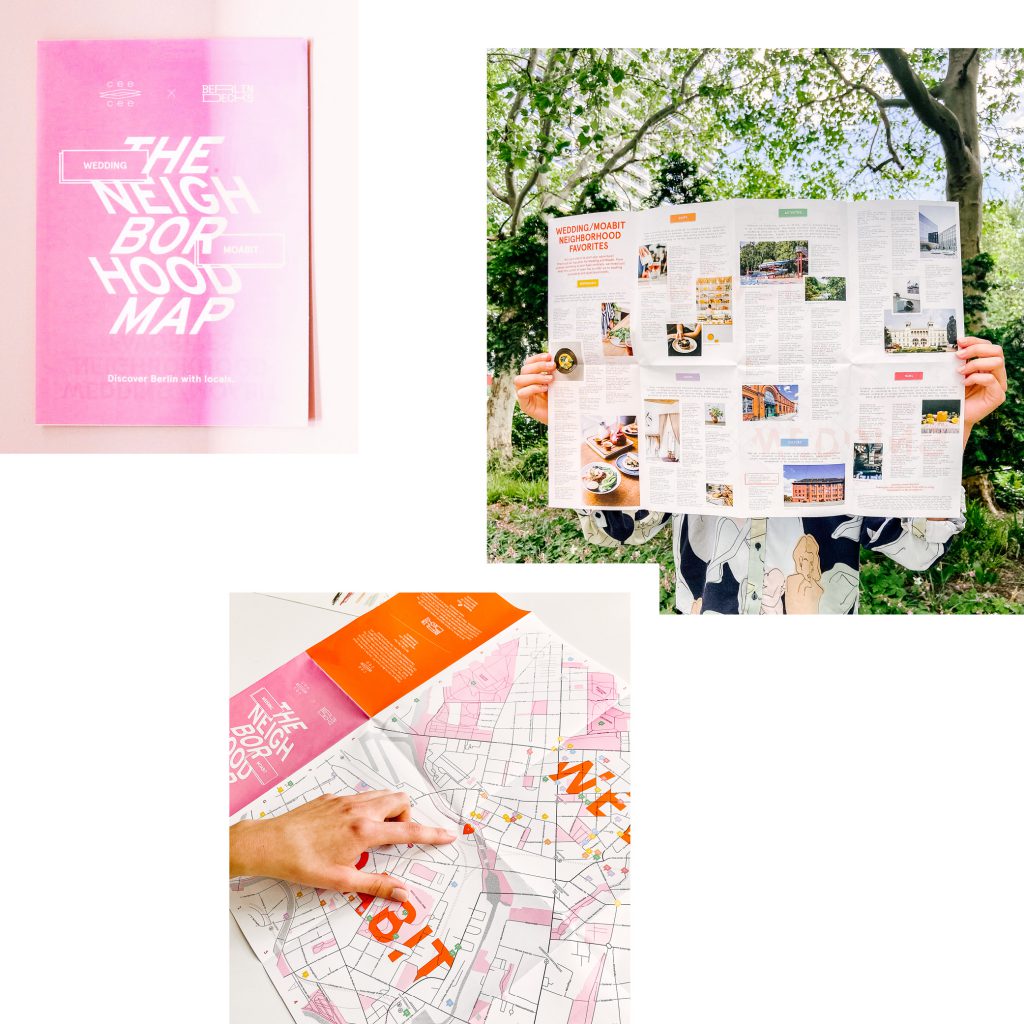
Artist Bettina Krieg’s latest catalog Stream is a monograph that does justice to her work – a beautiful collection that not only documents seven years of her drawings, but also gives an account of the artist herself in texts by Julia Voss and an interview with culture scholar Philipp Felsch. For Krieg, drawing has always been meditation: her monochrome flowing lines wind and interweave to form endless shapes that, by turns, resemble hair and wide hilly landscapes. Occasional gaps add another dimension to the patterns, and your gaze becomes calm as you scan these reproductions of her delicate, often room-high drawings – examples of which adorn the walls of our office at Cee Cee. From Würzburg but based in Berlin for the last 20 years, Krieg gives out the same harmonious quietness as her paintings. It’s a quality also shared by this catalog, which incidentally was co-produced by our sister agency Cee Cee Creative. It makes an ideal gift for all those who love drawings. (Text: Hanna Komornitzyk / Photos: Ramona Razaghmanesh & Esra Rotthoff)
Bettina Krieg: Stream – A Monograph
(2020, Distanz, German & English, 144 Pages)
The catalog be ordered online.







